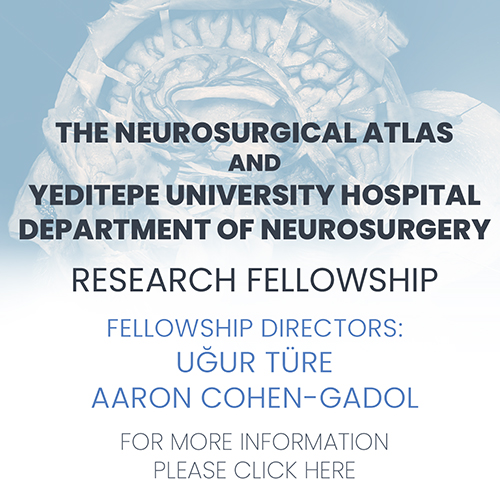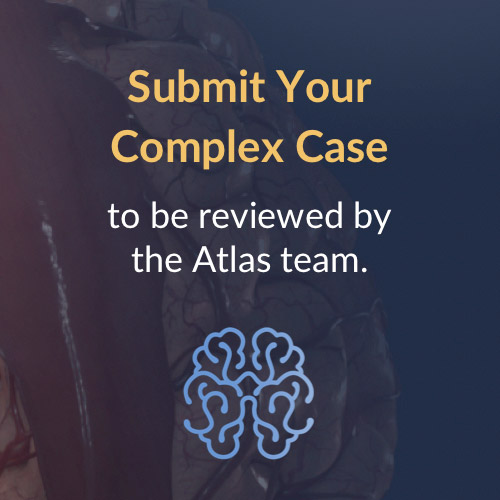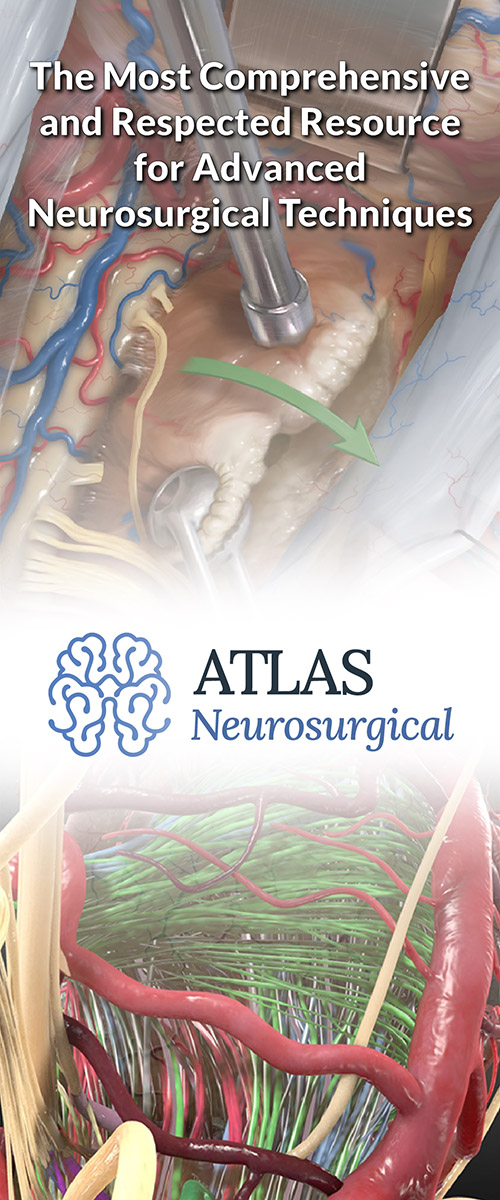Heterotopic Gray Matter
Figure 1: Phase-sensitive (T1-weighted) inversion recovery (top left) and FLAIR (top right) sequences demonstrate a cluster of nodules along the ependymal surface of the posterior horn of the right lateral ventricle. They have signal characteristics matching gray matter. (Bottom) A T1-weighted image of this patient also demonstrates a band of heterotopic gray matter within the right perirolandic white matter.
Description
- Disrupted migration of neurons from periventricular germinal zone to the cortex
Pathology
- Periventricular nodular type
- FLNA gene commonly involved on chromosome Xq28
- Band-like heterotopia/lissencephaly
- Deletion of LIS1 on chromosome 17p13.3 or DCX on chromosome Xq22.3-q23
Clinical Features
- Symptoms
- Young child with variable developmental delays and seizures
- Age
- Severe cases present earlier in life
- Typically present by the third decade of life
- Gender
- Male > female
- Males have worse outcomes
Imaging
- General
- Abnormal gray matter nodules or ribbons within the white matter anywhere from ventricles to cortex
- Modality specific
- CT and MRI
- Nonenhancing masses that follow the density or intensity of gray matter on all images
- CT and MRI
- Imaging recommendations
- MRI with contrast
- Mimic
- Low-grade gliomas can have a similar appearance but usually do not match gray matter so closely on all MR sequences.
For more information, please see the corresponding chapter in Radiopaedia.
Contributor: Sean Dodson, MD
References
Barkovich AJ. Morphologic characteristics of subcortical heterotopia: MR imaging study. AJNR Am J Neuroradiol 2000;21:290–295.
Barkovic AJ, Kjos BO. Gray matter heterotopias: MR characteristics and correlation with developmental and neurologic manifestations. Radiology 1992;182:493–499. doi.org/10.1148/radiology.182.2.1732969
Donkol RH, Moghazy KM, Abolenin A. Assessment of gray matter heterotopia by magnetic resonance imaging. World J Radiol 2012;4:90–96. doi.org/10.4329/wjr.v4.i3.90
Please login to post a comment.












